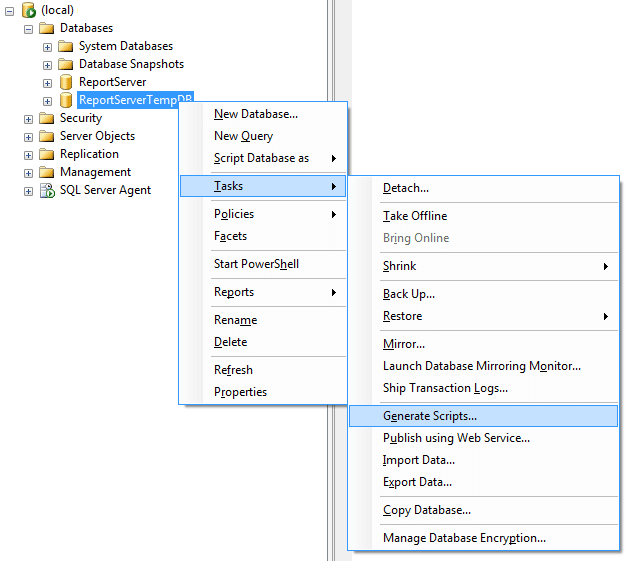How to take database table backup in SQL Server
Backing up your database tables in SQL Server is crucial to ensure that you have a copy of your data in case of any unexpected events such as data loss, system failures, or human errors. In this article, we will guide you on how to take a backup of your database tables in SQL Server.
Step 1: Open SQL Server Management Studio
The first step to take a backup of your database tables is to open SQL Server Management Studio. You can do this by searching for “SQL Server Management Studio” in your Windows search bar and clicking on the application to open it.
Step 2: Connect to your SQL Server instance
Once you have opened SQL Server Management Studio, you will need to connect to your SQL Server instance. Enter the server name, authentication method, and login credentials to establish a connection to your SQL Server instance.
Step 3: Navigate to the database containing the table you want to back up
After connecting to your SQL Server instance, navigate to the database that contains the table you want to back up. Expand the “Databases” node in the Object Explorer, locate the database, and expand it to see its tables.
Step 4: Right-click on the database and select “Tasks” > “Backup”
Once you have located the database containing the table you want to back up, right-click on it, select “Tasks,” and then choose “Backup” from the dropdown menu. This will open the “Back Up Database” window.
Step 5: Configure the backup options
In the “Back Up Database” window, you can specify the backup type, destination for the backup file, backup set options, and other backup settings. Make sure to select the table you want to back up from the list of available tables in the database.
Step 6: Click on “OK” to start the backup process
After you have configured the backup options, click on the “OK” button to start the backup process. SQL Server will begin creating a backup of the selected table and save it to the specified destination.
Step 7: Verify the backup completion
Once the backup process is complete, you can verify the success of the backup operation by checking the backup file in the specified destination folder. Make sure to regularly test your backups to ensure they are valid and can be restored when needed.
By following these steps, you can easily take a backup of your database tables in SQL Server and protect your data from unforeseen circumstances. Remember to regularly back up your database tables to ensure the safety and integrity of your data.
